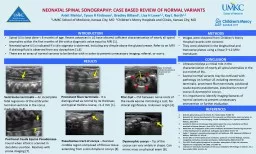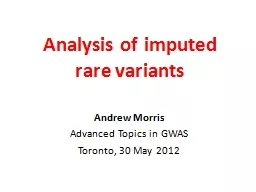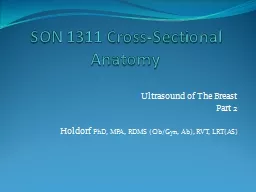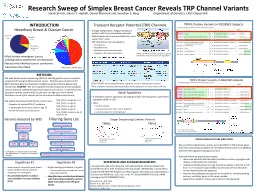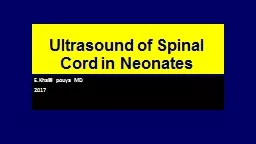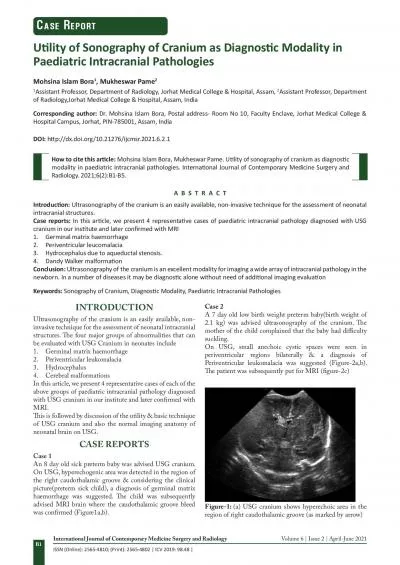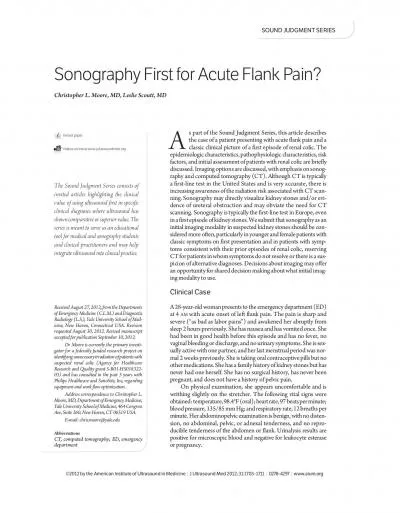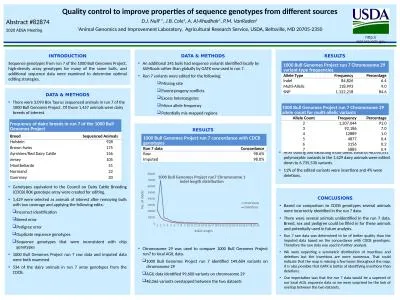PPT-NEONATAL SPINAL SONOGRAPHY: CASE BASED REVIEW OF NORMAL VARIANTS
Author : natalia-silvester | Published Date : 2018-03-17
Ankit Mehta 1 Tyson R Finlinson 1 Bradley Ritland 1 Lisa H Lowe 12 Kay L North 12 1 UMKC School of Medicine Kansas City MO 2 Childrens Mercy Hospitals
Presentation Embed Code
Download Presentation
Download Presentation The PPT/PDF document "NEONATAL SPINAL SONOGRAPHY: CASE BASED R..." is the property of its rightful owner. Permission is granted to download and print the materials on this website for personal, non-commercial use only, and to display it on your personal computer provided you do not modify the materials and that you retain all copyright notices contained in the materials. By downloading content from our website, you accept the terms of this agreement.
NEONATAL SPINAL SONOGRAPHY: CASE BASED REVIEW OF NORMAL VARIANTS: Transcript
Download Rules Of Document
"NEONATAL SPINAL SONOGRAPHY: CASE BASED REVIEW OF NORMAL VARIANTS"The content belongs to its owner. You may download and print it for personal use, without modification, and keep all copyright notices. By downloading, you agree to these terms.
Related Documents

